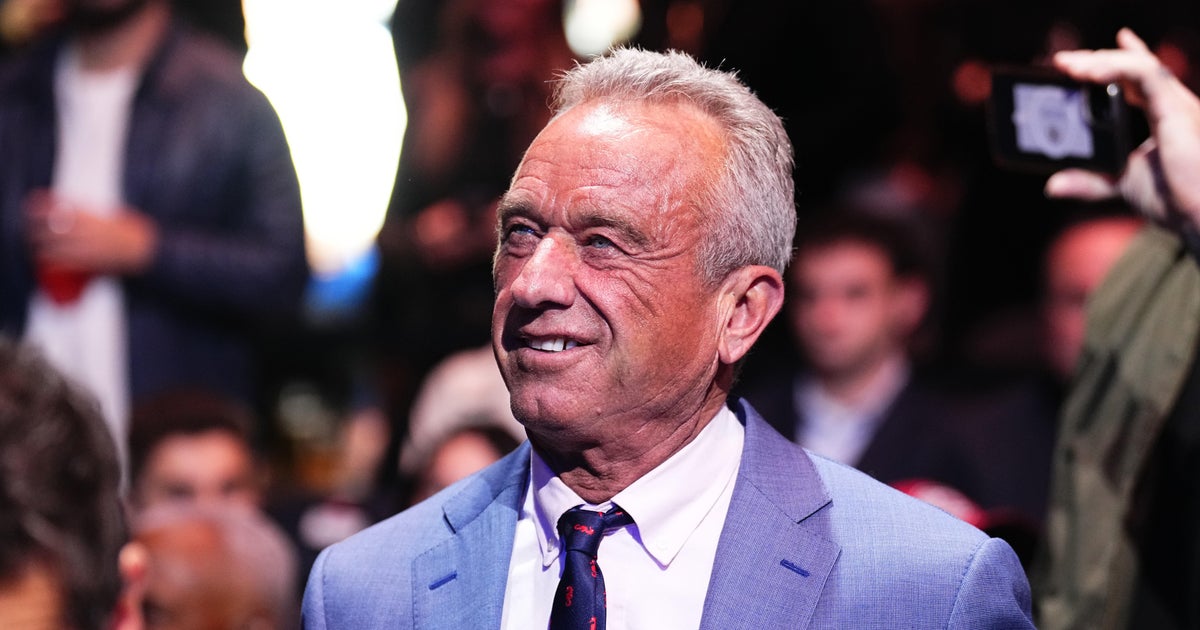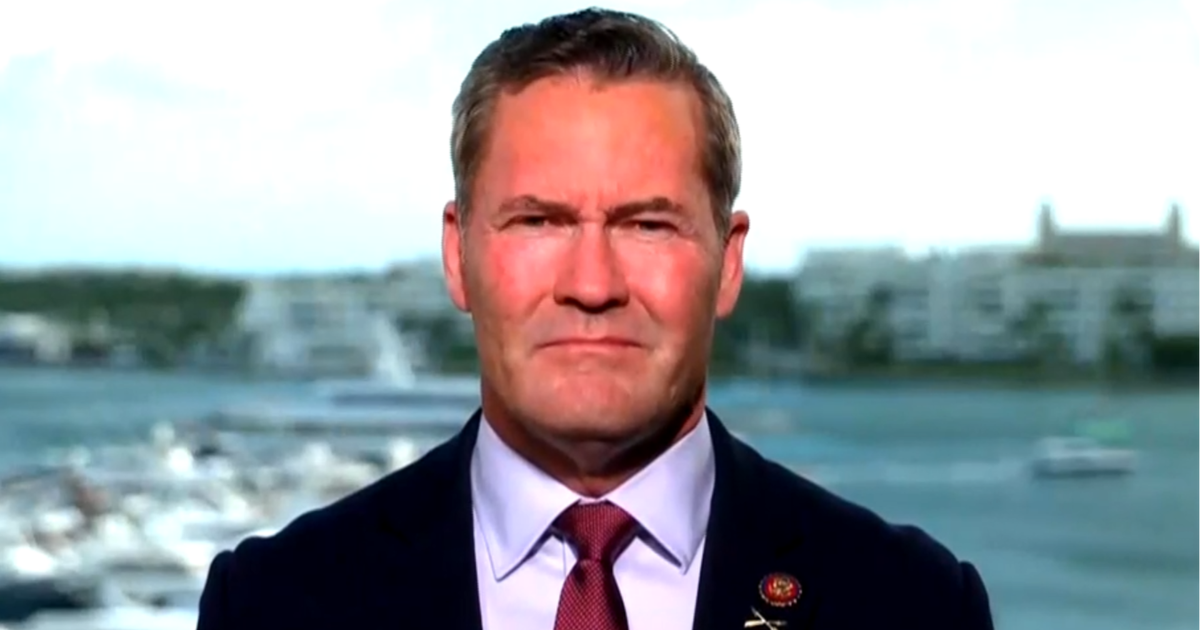The death of TPP: Why does it matter?
What happened:
President Trump withdrew the United States from negotiations over the Trans-Pacific Partnership, a 12-country trade deal that President Obama worked to ratify which would have established the world’s largest free-trade zone, encompassing roughly 40 percent of the global economy.
Why it matters to real people:
Mr. Trump said the pact, if ratified, would allow participating countries like Malaysia and Vietnam to undermine American industries, particularly manufacturing, because they pay their workers less. One 2016 study from two scholars at Tufts University estimated that TPP could cost the U.S. 448,000 jobs between 2015 and 2025.
Proponents of the deal argued it would have helped American companies in industries from technology to aerospace to agriculture to expand markets - which, in turn, would mean more economic activity, including perhaps American jobs. A 2016 analysis by the U.S. International Trade Commission found that ratifying TPP would increase America’s GDP by $47 billion and create 128,000 new jobs by 2032.
TPP’s supporters also made a national security argument. Since China was not a part of the TPP, advocates argued it would have created connections between the United States and China’s neighbors. If China tried to expand militarily and economically, its neighbors would be more likely to resist if they had an existing trade relationship with the U.S. Now that the deal is dead, Asian countries are looking to partner with China in something called the Regional Comprehensive Economic Partnership.
What it says about the power struggle in Washington:
Mr. Trump’s move won praise from progressives and union groups. “I am glad the Trans-Pacific Partnership is dead and gone,” declared Vermont Sen. Bernie Sanders, a staunch liberal who opposes nearly all of the new president’s agenda. Democrats in Midwestern manufacturing states also approved. In the Republican Party, many longtime free-trade advocates are not sure where they and their party stand. The decades-long Washington agreement that trade deals are good for America is going through a perhaps-historic shift.
What to watch for next:
Mr. Trump has promised that he can secure better deals. Speaking to Republican leaders Thursday, he said his administration will negotiate one-on-one with nations and withdraw from any deals in 30 days if a country breaks its promise. There will be no more “mash pot” deals with multiple countries. He plans to start negotiating a new trade deal with Brittain’s Prime Minister when she visits the U.S. on Friday.
The administration is also moving to reopen negotiations over the North American Free Trade Agreement, a pact that has lowered trade barriers between the U.S., Mexico, and Canada since it came into effect in 1994. Mr. Trump has suggested that if he can’t negotiate more advantageous terms for the U.S. under NAFTA, he’d pull America out of the deal – a move that could have dramatic consequences, but one that is within his power.



